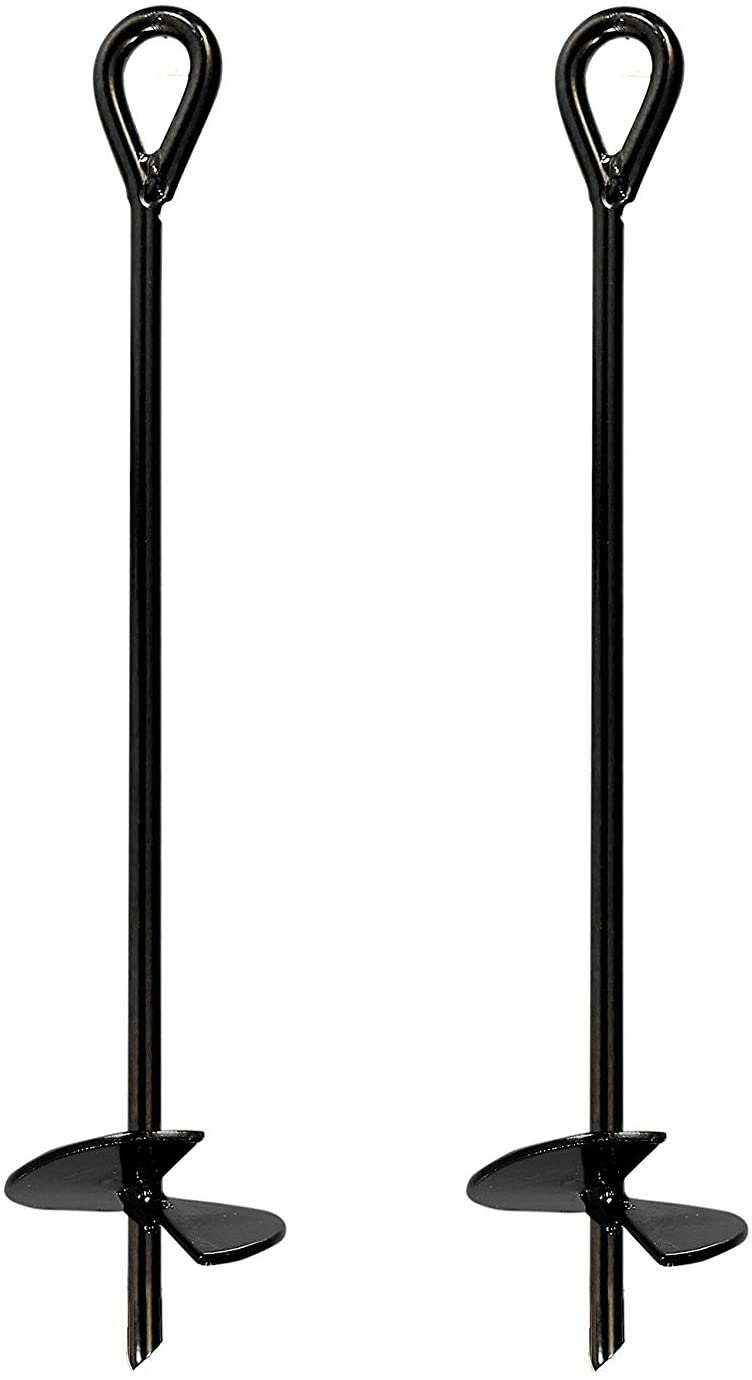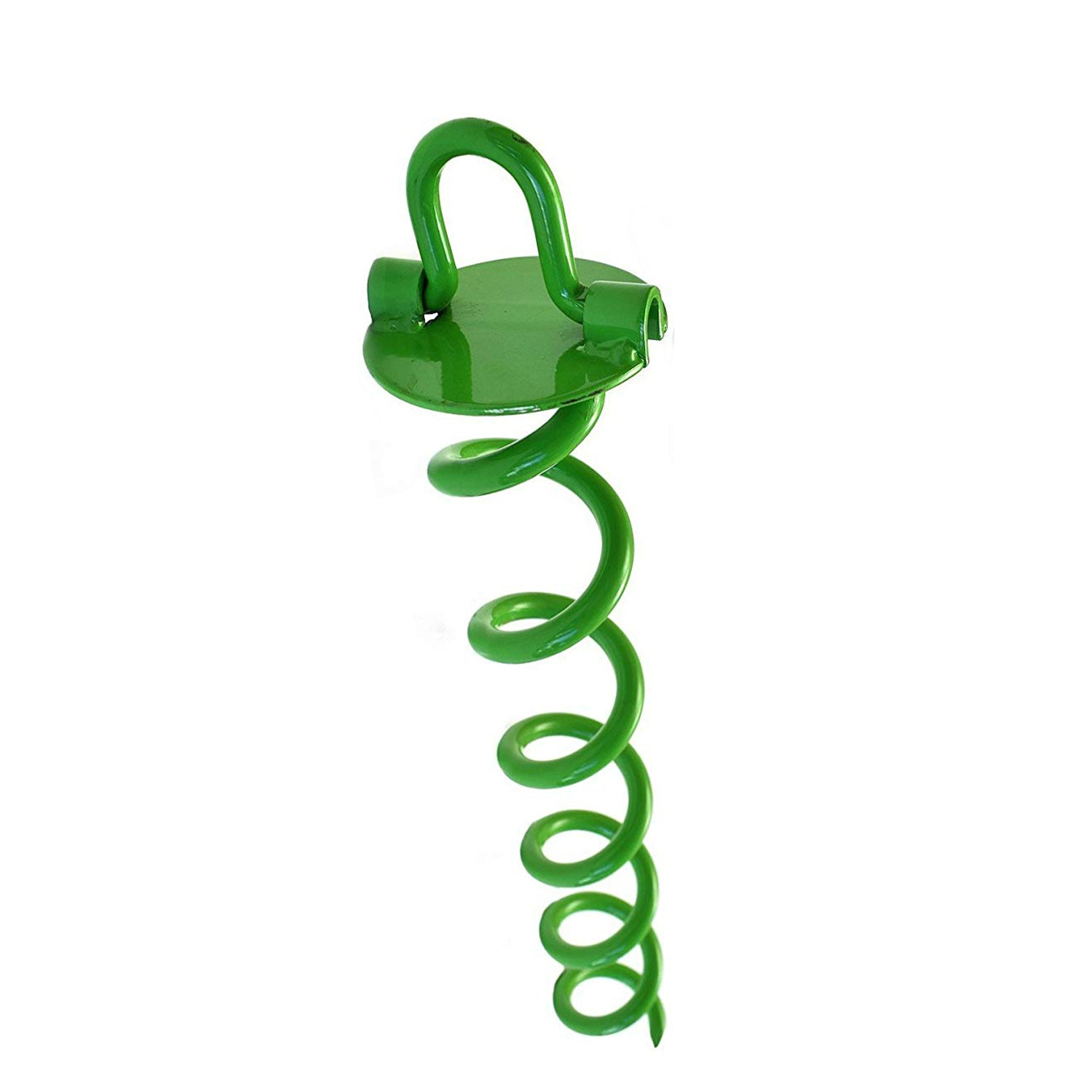Understand Why Ground Support Is Very Important for Safety And Security and Resilience
Ground anchors are an essential component in building, offering crucial assistance and security for different frameworks. Their ability to move tons successfully to the ground not only improves architectural honesty yet likewise plays a significant duty in mitigating risks connected with environmental elements, such as unpredictable dirt and seismic activity. Recognizing the various kinds and applications of ground supports can brighten their indispensable duty in making sure safety and longevity. The complexities of their installation and the advantages they offer may not be quickly evident, motivating further expedition into this vital subject.
Role of Ground Supports in Construction
Ground anchors play a critical function in building by supplying important support and security to frameworks. These tools are made to move lots from a structure to the ground, making certain that buildings and other infrastructures continue to be secure under numerous conditions. Ground supports are particularly important in scenarios where soil conditions are unpredictable or where there is a danger of lateral motion, such as on inclines or near bodies of water.
The setup of ground anchors includes drilling into the earth to reach steady soil or bedrock, where the anchors can be safely anchored. This process not just enhances the structural integrity of a project however likewise reduces the dangers related to dirt disintegration and moving. In addition, ground anchors can be employed in short-lived structures, such as construction sites, where they offer necessary stabilization during the building procedure.
Ground supports also add to the durability and resilience of structures by reducing the probability of settlement and failure. Ground Anchor. By properly distributing and managing loads, these essential parts are essential in preserving security requirements and making certain the dependability of various construction jobs. In general, the significance of ground supports in building and construction can not be overemphasized, as they are essential to effective engineering techniques
Kinds of Ground Anchors


While various kinds of ground anchors exist, each serves specific applications and conditions within building projects. One of the most usual types include mechanical anchors, grouted anchors, and driven supports.
Mechanical supports, such as growth anchors, make use of a mechanical action to secure the support within the substrate - Ground Anchor. These are often employed in light-weight applications, like securing components to masonry or concrete
Grouted supports, on the other hand, involve piercing a hole, putting a steel rod or cable, and afterwards loading the annular space with grout. This approach appropriates for high-load scenarios, providing boosted stability and resistance to vibrant pressures often located in hefty building.
Driven anchors are commonly set up by driving a steel pole or pipe into the ground, making them suitable for momentary applications such as safeguarding scaffolding or formwork. When no much longer required., they are fast to install and can be removed conveniently.
Other specialized anchoring systems consist of helical supports, which are screw-like devices utilized in various soil problems, and deadman supports, which rely upon the weight of a buried object to offer stability. Each type of ground support is made to fulfill certain design requirements, ensuring safety and security and architectural honesty.
Advantages of Utilizing Ground Anchors
The advantages of utilizing ground supports in building and construction projects are considerable, enhancing both safety and security and architectural performance. Ground anchors supply vital resistance versus lateral pressures, such as soil activity, wind tons, and seismic activity. This resistance assists preserve the security of structures, stopping possible failures that might cause dangerous situations or pricey repair work.
Additionally, ground anchors promote the efficient transfer of loads from frameworks to the bordering dirt, ensuring a well balanced distribution of weight. This load transfer lowers the danger of resolving or moving, which can endanger the integrity of a building in time. By using ground anchors, engineers can also develop much more effective designs, as they permit for slimmer architectural components while preserving safety requirements.
Additionally, ground anchors are versatile and flexible to different dirt conditions and project demands. Their installation can commonly be finished swiftly and with marginal disruption to the surrounding environment, making them an effective selection for several building and construction applications. Ultimately, making use of ground anchors boosts not just the durability of frameworks however likewise adds to a more secure working atmosphere for building and construction a fantastic read employees and future residents.
Typical Applications and Makes Use Of
Countless building tasks leverage ground supports for their efficiency in boosting stability and safety and security. These flexible components are typically employed in various applications throughout the construction and civil design sectors. One widespread application is in keeping walls, where ground supports give the necessary support to stop soil activity and maintain architectural honesty.
Furthermore, ground supports are vital in protecting temporary structures, such as scaffolding and shoring systems, ensuring they stay steady during building and construction activities. In the world of foundation support, they are used to reinforce existing frameworks, particularly in areas vulnerable to ground settlement or shifting dirt problems.
Ground supports likewise find extensive usage in incline stablizing projects, where they help reduce landslide risks by anchoring the dirt to steady rock formations. An additional significant application is in the installation of wind turbines, where they protect the base visit site versus lateral pressures produced by wind, making certain functional safety and longevity.
Additionally, ground supports are utilized in tunneling projects to support the surrounding ground during excavation. Their varied applications underline the important function ground anchors play in keeping safety and toughness in numerous building and construction scenarios.
Setup Best Practices
Successful application of ground supports in different construction jobs rests on effective installment methods. Proper setup is vital to make sure the anchors fulfill their intended objective and maintain structural stability over time. Secret best techniques include complete website analysis, which includes evaluating soil conditions, load demands, and environmental elements that may influence anchor performance.
Prior to setup, it is important to select the suitable kind of ground anchor based upon the specific application and soil characteristics. Making use of top quality materials and sticking to maker specifications will enhance the anchor's toughness and effectiveness. Throughout installation, make certain that the support is positioned at the correct angle and depth, as these aspects dramatically influence load-bearing ability.
Moreover, using appropriate tools and methods is vital, including boring or driving approaches tailored to the website conditions. After installation, my response carrying out load screening can validate the anchor's performance and recognize any type of prospective concerns early. Regular examinations are also advised to keep track of the problem of the supports and bordering soil. By following these installation finest professionals, engineers and methods can enhance the security and longevity of frameworks reliant on ground supports.

Verdict
In summary, ground supports are necessary components in building and construction, significantly enhancing safety and security and durability. Their capability to transfer lots effectively minimizes dangers related to unsteady dirt and side activities. The diverse kinds and advantages of ground anchors, coupled with their varied applications, emphasize their relevance in both momentary and irreversible structures. Complying with setup best practices ensures optimal efficiency, therefore adding to the general honesty and longevity of building jobs.
The setup of ground supports includes exploration into the earth to reach secure soil or bedrock, where the supports can be firmly anchored.The advantages of using ground supports in building and construction projects are considerable, enhancing both safety and security and architectural efficiency.Countless building tasks utilize ground supports for their performance in improving stability and safety.Effective application of ground anchors in numerous construction tasks hinges on reliable setup techniques.In recap, ground supports are crucial elements in building, dramatically enhancing safety and longevity.